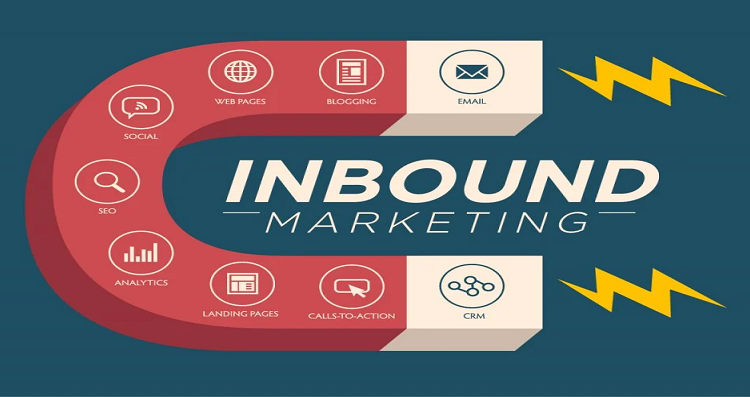
Inbound marketing is a marketing strategy that focuses on attracting customers to products by creating valuable content and experiences tailored to them. Unlike traditional marketing that relies on sending marketing messages to customers, inbound marketing relies on attracting customers through content that solves their problems or meets their needs.
Characteristics of inbound marketing:
1. Customer attraction: Customers are attracted through valuable content that interests them and solves their problems.
2. Interaction and relationship building: It seeks to build long-term relationships with customers through continuous interaction.
3. Content personalization: Providing customized content based on the customer’s needs and preferences.
4. Search engine optimization (SEO): It relies heavily on optimizing web content to appear in natural search results.
5. Use of multiple channels: It includes means such as blogs, social media, and email.
Benefits of inbound marketing:
1. Attracting qualified leads: It attracts customers who have a genuine interest in what the company offers, which increases the likelihood of conversion into sales.
2. Reducing costs: Inbound marketing is often more cost-effective than paid advertising.
3. Increased loyalty: Building a strong relationship with customers increases the likelihood that they will stay with the company for a longer period.
4. Enhanced brand awareness: High-quality content can increase brand awareness.
Advantages of inbound marketing:
1. Long-term sustainability: Provides a continuous return on investment thanks to permanent content such as articles and educational resources.
2. Flexibility: Strategies can be quickly adjusted in response to market changes or customer preferences.
3. Performance analysis: Allows performance to be monitored and evaluated through various analytical tools.
Disadvantages of inbound marketing:
1. Time-consuming: It may take a long time to reap the benefits of building a customer base.
2. Requires resources: It requires a team specialized in producing high-quality content and improving search engines.
3. Highly competitive: Many companies rely on inbound marketing, which increases the challenge of attracting attention.
Modern examples of inbound marketing:
1. Blogs: IT companies such as HubSpot use blogs to provide tips and reports on best practices in marketing.
2. Educational videos: Companies such as Moz provide educational videos focused on search engine optimization to attract a specialized audience.
3. E-books and guides: Providing in-depth content, such as free guides or e-books, to engage and educate customers on specific topics.
Inbound marketing is an effective strategy that aims to engage customers by providing personalized and valuable content. It focuses on building long-term relationships and increasing customer loyalty, which enhances the value of the brand in the long run. Although it may require significant time and resources to achieve results, it is considered one of the most sustainable strategies in the world of digital marketing.

30/08/2024
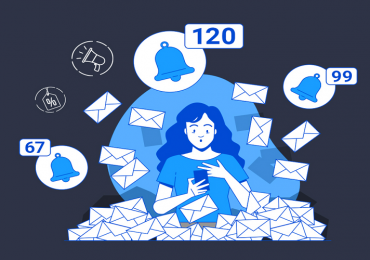
30/08/2024

14/08/2024

17/08/2024
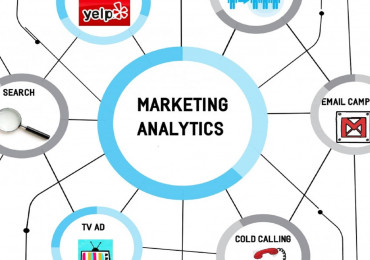
30/08/2024

30/08/2024

01/09/2024

01/09/2024

22/08/2024

14/08/2024

16/08/2024

01/09/2024

17/08/2024

31/08/2024

23/08/2024
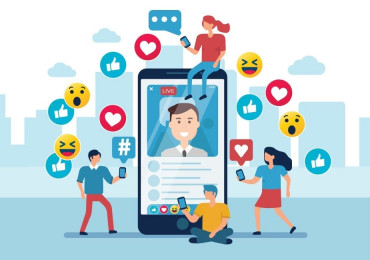
18/08/2024

01/09/2024
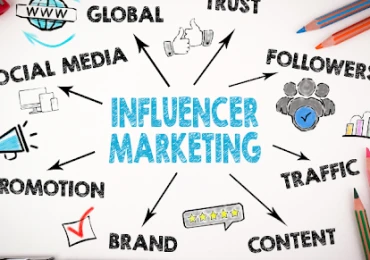
17/08/2024

25/08/2024

23/08/2024